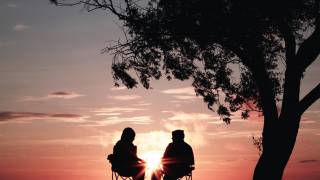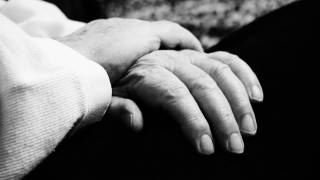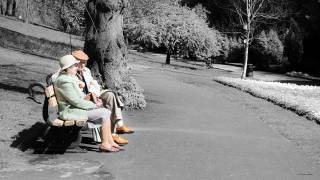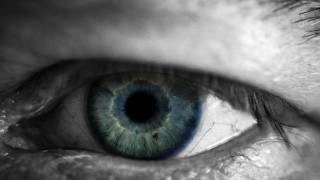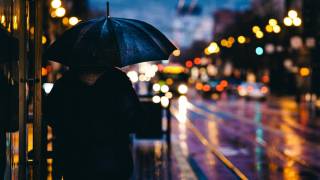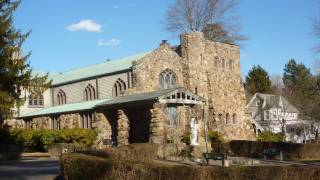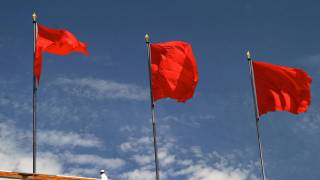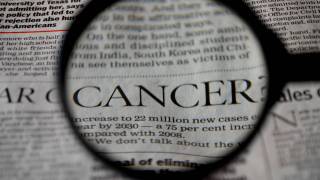Herpes Zoster Ophthalmicus Prevention Vaccinations Start at Age 50
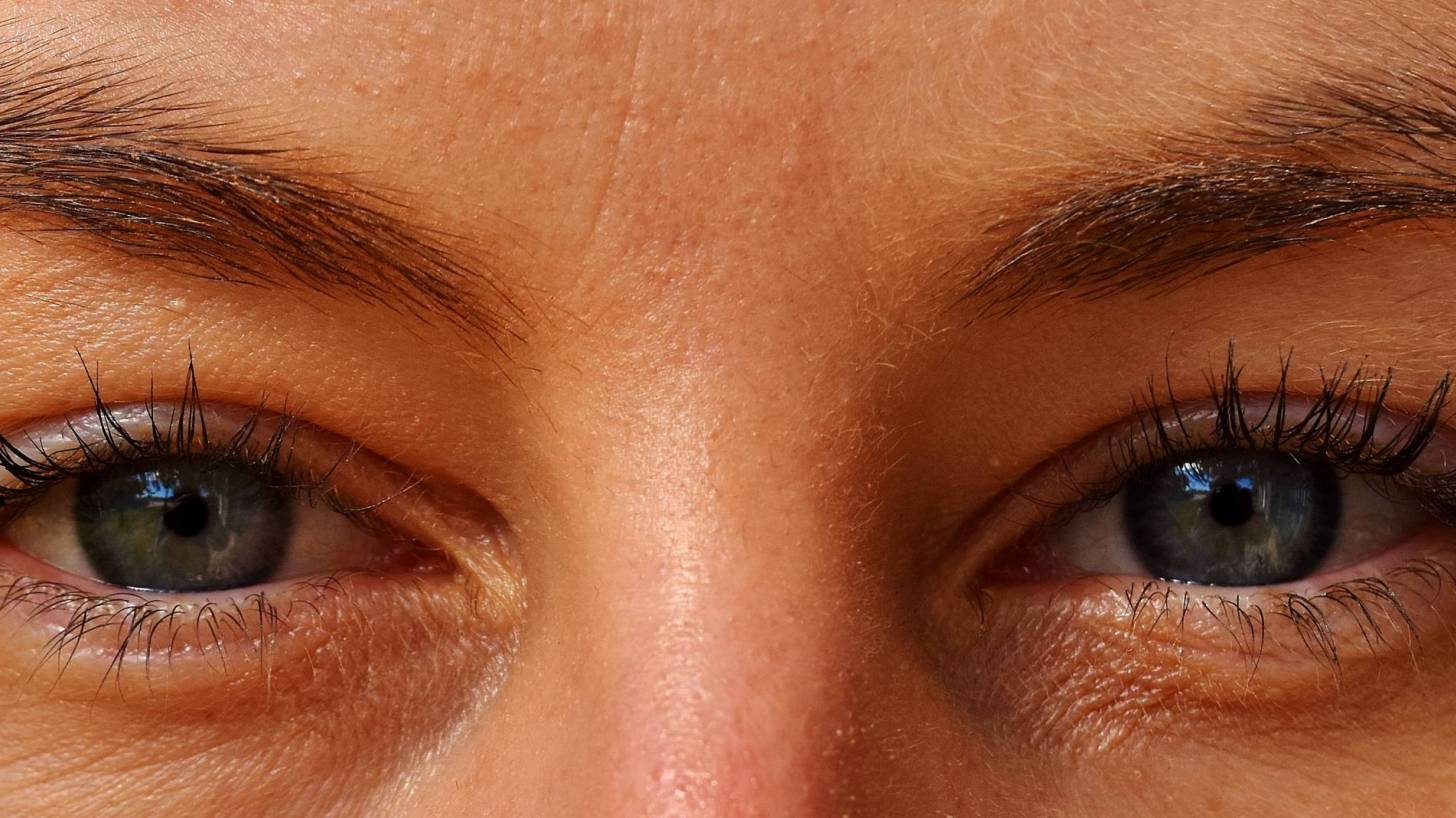
The American Academy of Ophthalmology (AAO) recommends people age 50 and older get the shingles vaccine 10 years earlier than previous recommendations.
This AAO recommendation is based on reducing the number of shingles cases occurring in people in their 50s.
Of the people who do experience shingles, approximately 20 percent are classified as Herpes Zoster Ophthalmicus (HZO), says the American Academy of Ophthalmology.
Herpes Zoster Ophthalmicus starts with pain, itching, and tingling of the skin. Redness and numbness lead to a rash.
Blisters form, then they break open and scab over. Though the blisters and scabs can last a few weeks, the pain lasts much longer, especially in older patients.
If the Herpes Zoster Ophthalmicus virus infects the nerves of the eye, it can cause:
- Rash on your eyelids;
- Eye infections;
- Infection and inflammation of the cornea;
- Pain and swelling inside the eye;
- Swelling of the optic nerve behind your eye; and
- Breakdown of the cornea so severe it requires a corneal transplant.
“Ophthalmologists and other physicians have a moral obligation to encourage immunocompetent people older than 50 to get vaccinated,” said Elisabeth Cohen, M.D., clinical spokesperson for the American Academy of Ophthalmology.
“The number of people affected is growing, and the health consequences are significant. The zoster vaccine is safe and effective. If you are older than 50 and are eligible, just do it.”
Additionally, the American Dermatological Association announced that it supports the AAO's recommendation for the shingles vaccine in appropriate patients over the age of 50.
"Herpes zoster can have devastating outcomes with prolonged intractable pain, and the potential for loss of vision,” said David E Cohen, MD, MPH, immediate past president of the American Dermatological Association.
"Public health measures such as a zoster vaccine can reduce the chance of developing shingles or mitigate the impact of the disease.”
Two previous HZO research studies support these recommendations to begin shingles vaccination at age 50:
- A 2011 study indicates that the mean age of shingles onset is 52, which the authors noted is younger than that found in previous studies.
- Massachusetts Eye and Ear study showed that the number of patients presenting with acute HZO rose from 71 in the year 2007 to 195 in 2013—though the researchers had insufficient data to calculate the incidence rate. During this same time frame, the mean age of those diagnosed with acute HZO dropped significantly, from 61.2 years to 55.8 years.
When treating herpes zoster ophthalmicus, there are several antiviral options.
“Start patients on oral antiviral medication (acyclovir, valacyclovir or famciclovir) within 72 hours of the onset of symptoms to reduce the risk of long-term sequelae, including postherpetic neuralgia, says Jeffrey Goshe, MD, with the Cleveland Clinic.
“Typically, a 10- to 14-day course of one of these medications is sufficient.”
“A significant percentage of patients develop more serious long-term complications, including keratitis, uveitis and eyelid scarring that can lead to long-term vision impairment,” Dr. Goshe says.
Currently, the only way to reduce the risk of shingles is with vaccines.
The two leading shingles vaccines are Zostavax and Shingrix.
To better facilitate the comparison between these ACIP approved shingles vaccines, a one-page reference was developed by the pharmacy association. These shingles vaccines are available at most pharmacies.
***Schedule your Shingles Vaccine here****
The CDC Vaccine Price List provides current vaccine information.
Vaccine discounts can be found here.
Vaccines, like any medicine, can have side effects. You are encouraged to report negative side effects of vaccines to the FDA or CDC.
For more information, visit aao.org.
Our Trust Standards: Medical Advisory Committee






